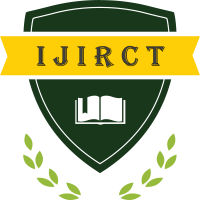Thin Film Preparation Approaches: A Review
Author(s): Upendra Devendra Lad
Publication #: 2309020
Date of Publication: 29.09.2023
Country: India
Pages: 1-15
Published In: Volume 9 Issue 5 September-2023
Abstract
The purpose of this review study is to provide a critical evaluation of the available thin film deposition approaches. In this paper, some revolutionary and prevalent thin film processes are discussed. Each approach is discussed in terms of its benefits and drawbacks. Thin film technology (TFT) has revolutionized multiple fields, enabling the development of compact and high-performance electronic devices, such as transistors, gas sensor, optical sensor and solar cells. It also plays a crucial role in optical coatings for lenses, mirrors, and displays, enhancing their performance and durability. Additionally, thin films find applications in sensors, protective coatings, and flexible electronics, and other applications. TFT encompasses the study of film growth mechanisms, material properties, and the development of innovative deposition processes. Researchers and engineers in this field continually strive to enhance the performance, efficiency, and cost-effectiveness of thin film-based technologies to meet the ever-evolving demands of modern technology and industry. Thin films can be deposited onto substrates such as glass and alumina using various deposition techniques, including physical vapor deposition (PVD), electro-deposition, spray pyrolysis technique (SPT), chemical vapor deposition (CVD), and atomic layer deposition (ALD) and spin coating technique.
Keywords: Thin film technology, deposition processes, substrates, spin coating technique, efficiency
Download/View Count: 266
Share this Article
